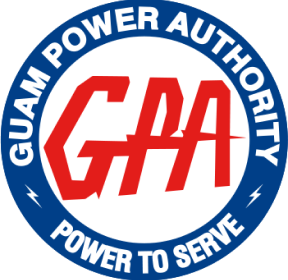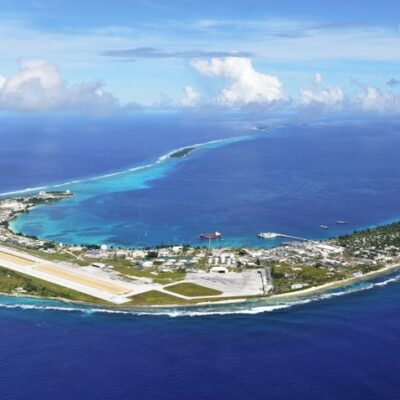Ocean Thermal Energy Conversion (OTEC) and Wave Energy Conversion (WEC) systems could help Guam reach its 100% renewable energy target by 2045 while lowering high electricity costs, researchers and stakeholders emphasized at a recent University of Guam conference and town hall. However, more immediate benefits may come from seawater air conditioning systems, which could significantly cut electricity use, especially for cooling — a major energy demand on the island.
The University of Guam and Pacific Northwest National Laboratory highlighted that Guam’s tropical waters are ideal for OTEC, which uses the temperature difference between warm surface water and cold deep water to generate continuous, 24/7 electricity. WEC harnesses wave motion. While both technologies face high upfront costs, they have long-term potential as reliable, fuel-free energy sources.
Environmental concerns, especially around coral reefs, are being addressed with horizontal directional drilling that avoids reef damage, and with discharge modeling to minimize harm to marine life. Guam’s regulatory agencies and Guam Power Authority have expressed support, especially for seawater cooling in high-demand areas like Tumon Bay.
The U.S. military may play a key role in funding initial projects due to its interest in energy independence and reducing diesel reliance. Political uncertainties remain, especially under administrations less favorable to renewable energy, but researchers hope to frame OTEC as a form of ocean-based geothermal energy to gain support.
Beyond electricity, OTEC could support desalination, critical mineral extraction, and sustainable agriculture (e.g., cooled greenhouses), creating a circular economy and adding value to the technology. These broader applications could make OTEC more economically viable and beneficial for Guam’s long-term sustainability.









